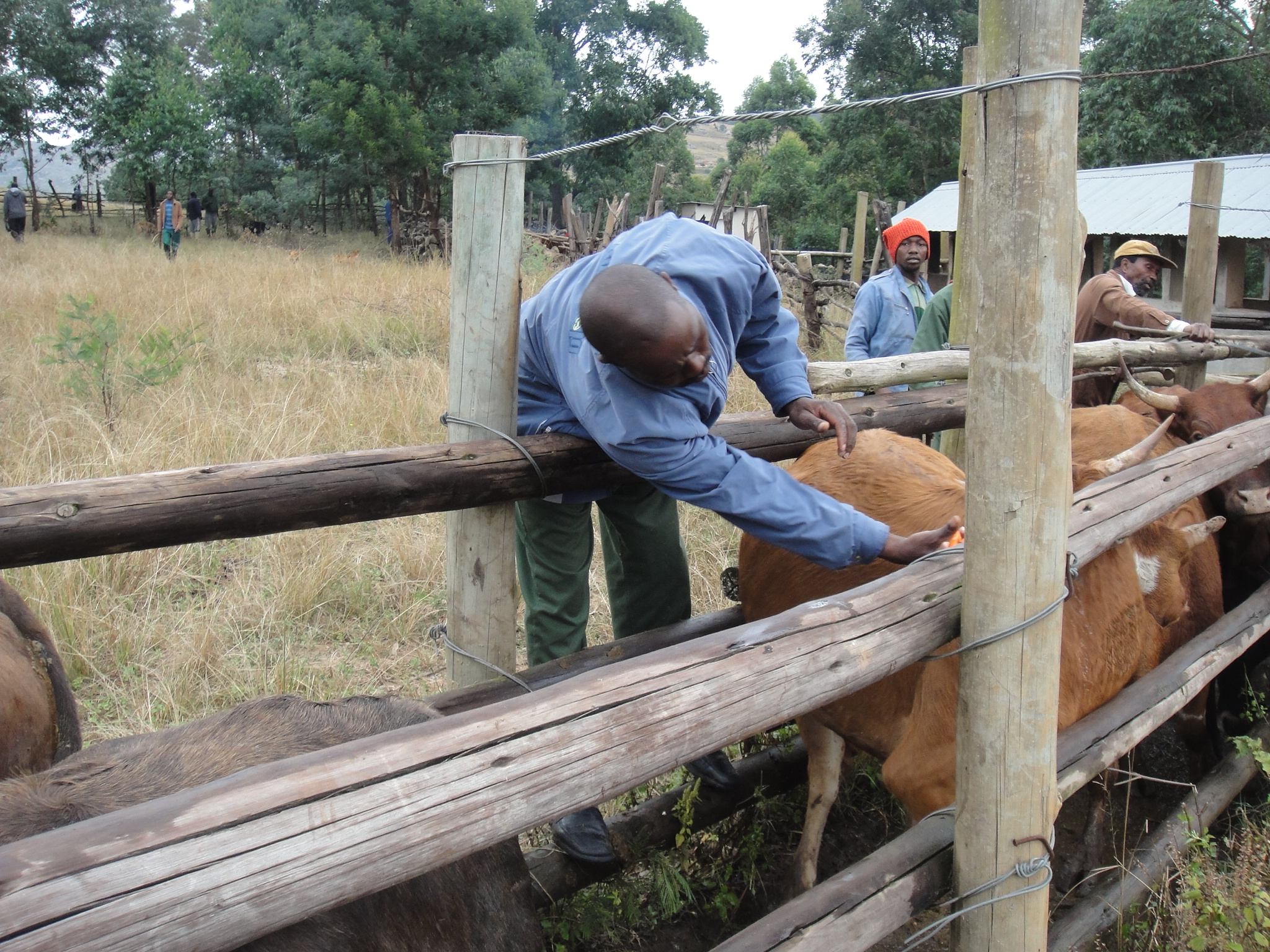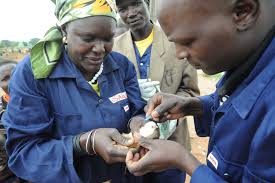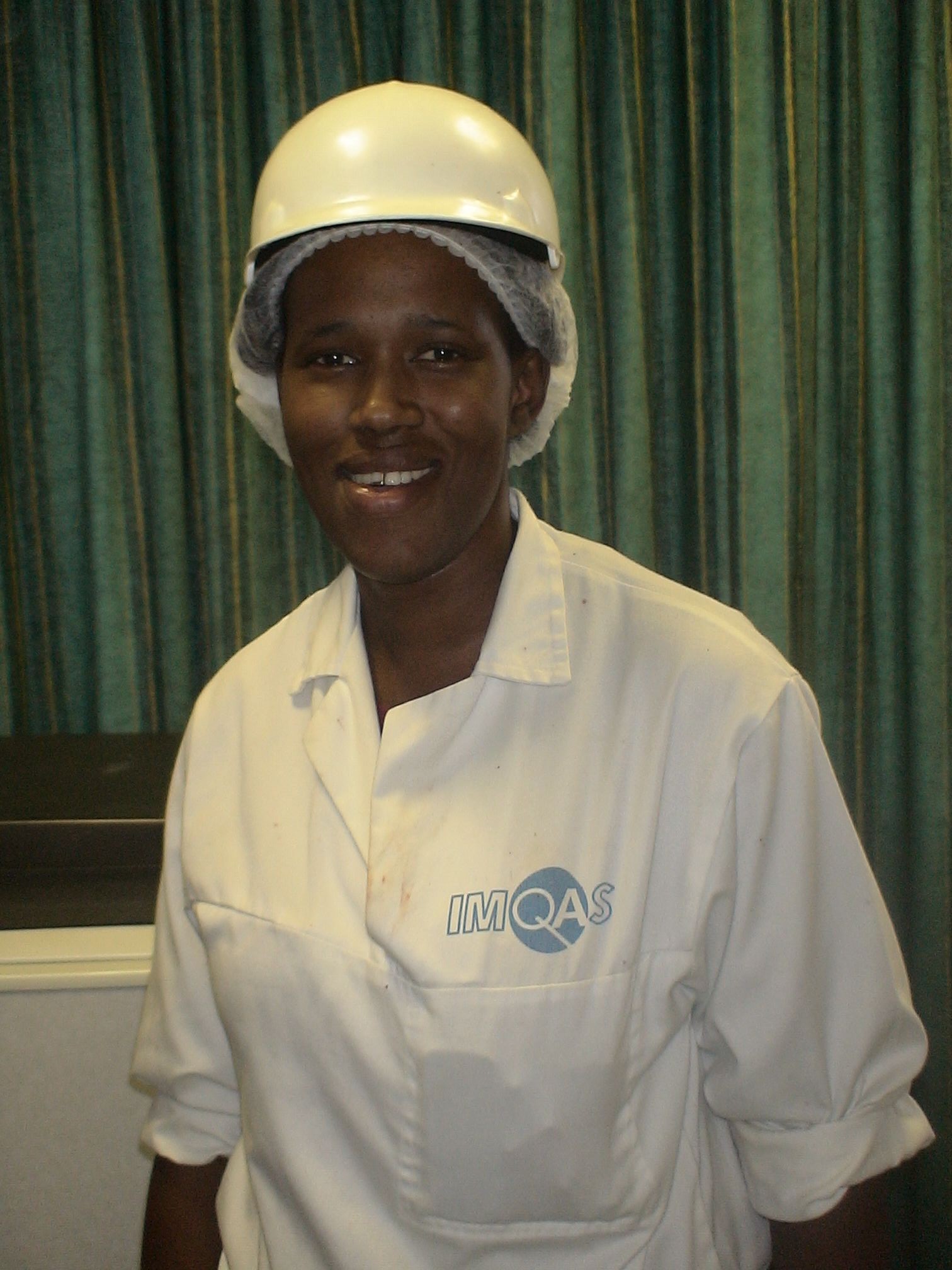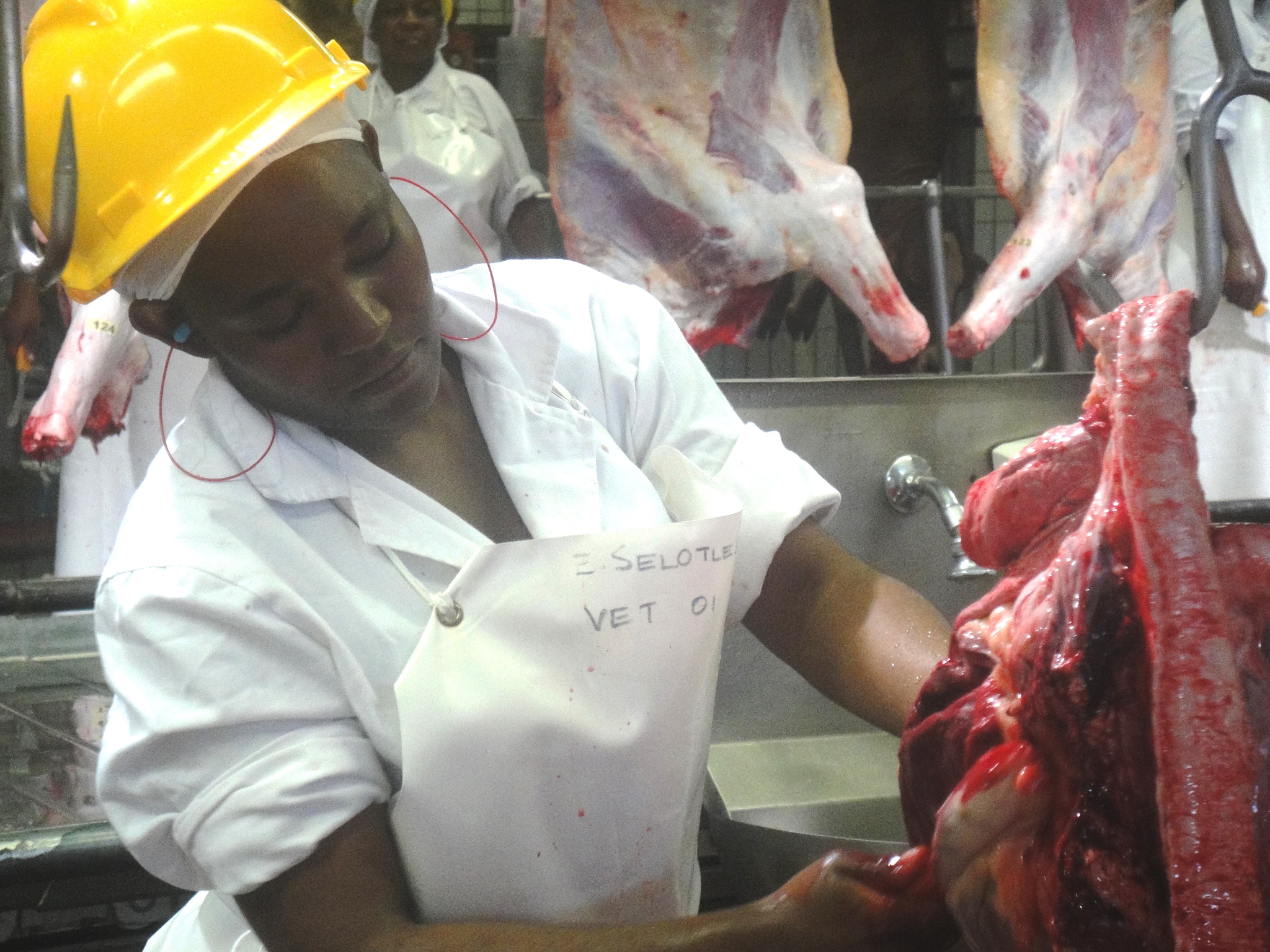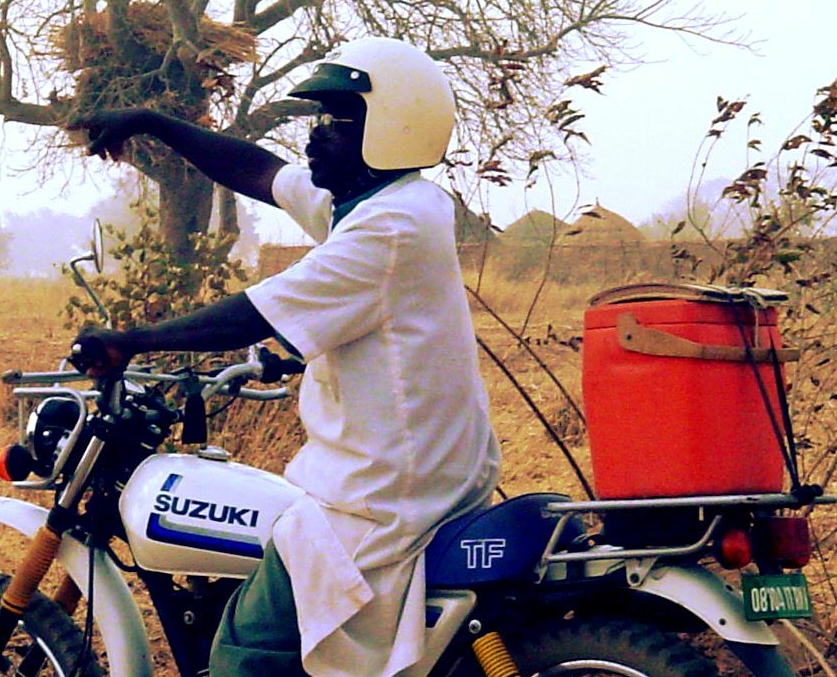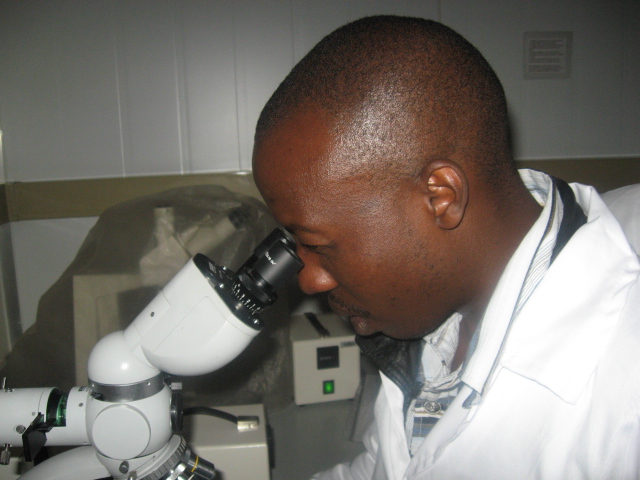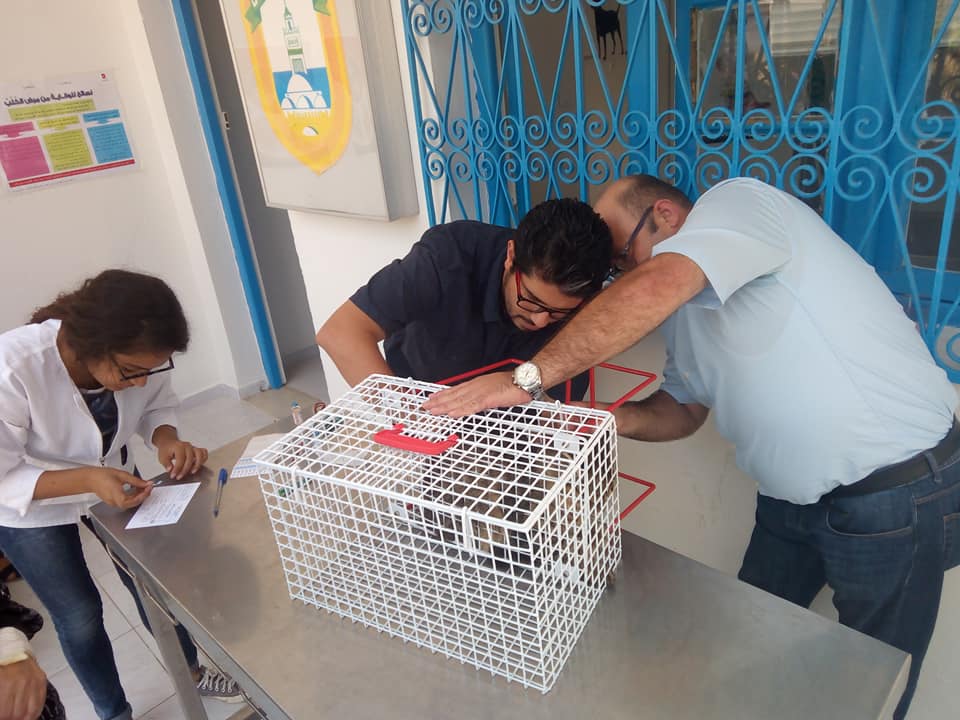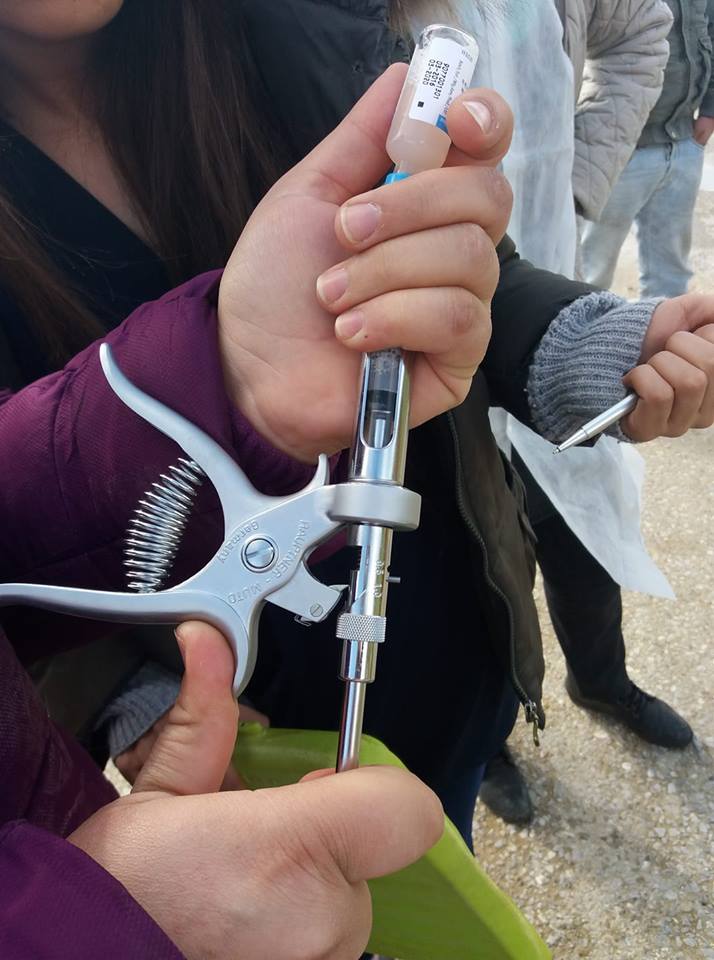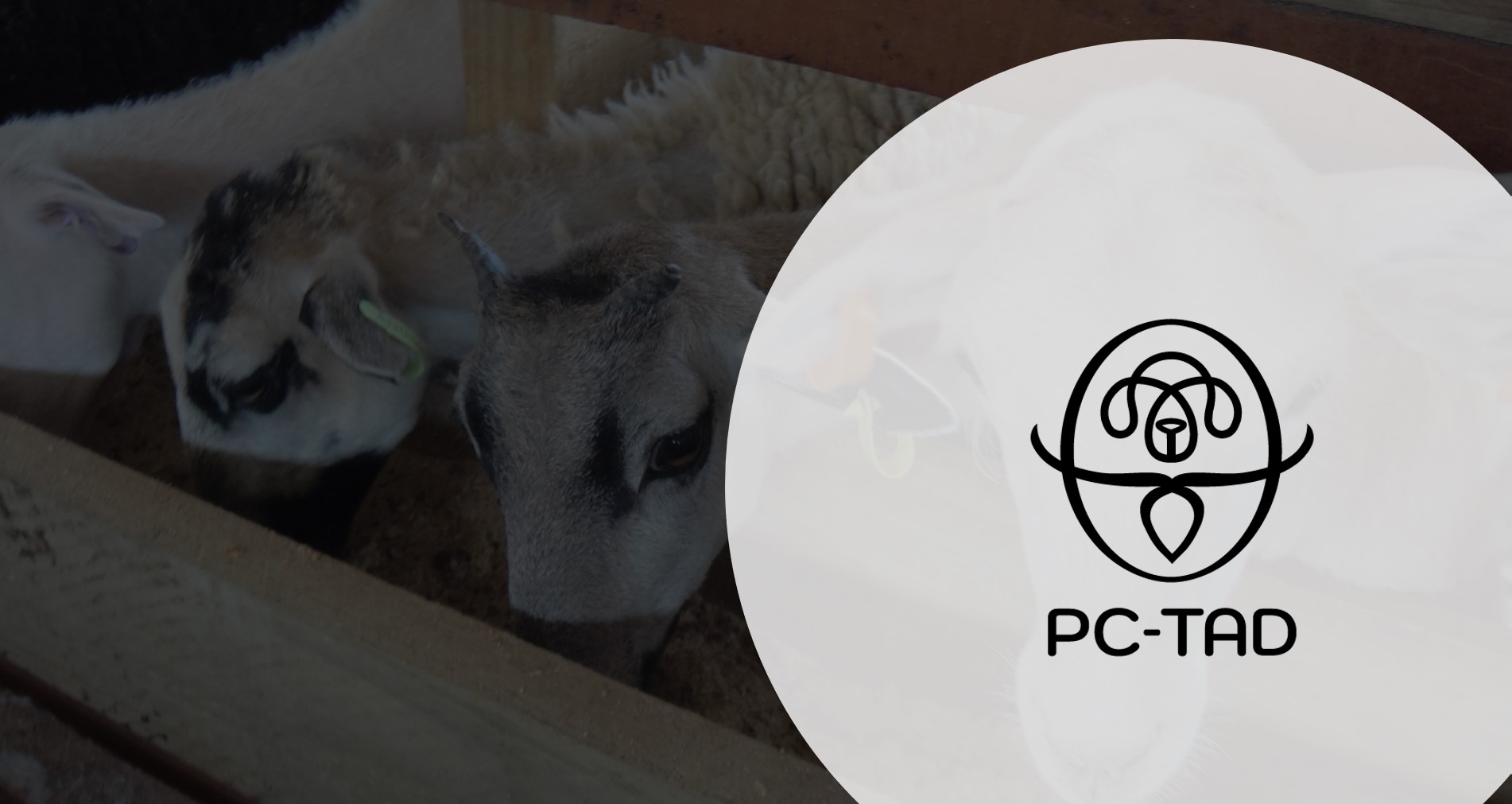
You may have come across the term veterinary workforce development, in some countries also referred to as veterinary team development. But what does it all mean ? Central to the concept is the realisation that not every veterinary intervention requires the skills and competences of a veterinarian; many diagnostic, surgical and medicinal interventions can be entrusted to veterinary paraprofessionals or VPP, working under the supervision of qualified and board certified veterinarians. This is not only a choice, but very often also a necessity, given the cost of training veterinarians and the resulting (relative) scarcity of such university graduates on the market place, whether in the public of the private sector.
In many countries, the development, recognition and deployment of different categories of VPPs, working in different capacities, under varied circumstances, can be an appropriate and cost-effective way for these countries to rationalise the workforce of their national veterinary services in both the public and private sectors.
The OIE defines a veterinary paraprofessional as a “person who, for the purposes of the Terrestrial Code, is authorised by the veterinary statutory body to carry out certain designated tasks (dependent upon the category of veterinary paraprofessional) in a territory, and delegated to them under the responsibility and direction of a veterinarian. The tasks for each category of veterinary paraprofessional should be defined by the veterinary statutory body depending on qualifications and training, and in accordance with need”.
Based on this definition, numerous categories of veterinary or animal health professionals qualify. Think of meat inspectors in abattoirs, technicians in veterinary laboratories, animal health assistants in field offices, nurses in veterinary practices, vaccinators in the poultry industry, artificial inseminators in the dairy industry, etc… Most of these VPP bear qualifications ranging from one to three years of formal training, depending on the countries’ regulatory framework.
In some countries, this definition also extends to community-based animal health workers or CAHW, i.e. livestock farmers serving other farmers in their community with a limited number of skills, acquired through a few weeks or months of (often informal) training.
Ideally, a veterinary team will represent a pyramid in which a veterinarian will supervise a number of mid-cadre VPP (e.g. meat inspectors in an abattoir) and (directly or indirectly) a larger number of lower-cadre VPP (e.g. meat inspectors in slaughter slabs and on wet markets).
A veterinarian is the custodian of the pyramid, ensures that work is delivered according to applicable standards and is called in when cases arise that require his or her expertise or the administration of restricted drugs. This sharing of responsibilities (or subsidiarity – let matters be handled by the smallest, lowest or least centralised competent authority) is not only good for employment and the spreading of veterinary care in rural areas, it is also essential to face important milestones such as the eradication of peste des petits ruminants (PPR) by 2030, an undertaking which requires mass-vaccination to the tune of some 800 million sheep and goats in Africa alone; hardly achievable by veterinarians alone.
Interview with the (then) OIE Deputy-Director General, Dr Monique Eloit (GALVmed, October 2015).
Ever since the OIE organised the first continental conference on the role of veterinary paraprofessionals in October 2015 (Pretoria, South Africa), several milestones have been attained, to mention a few :
With these tools now in place, the OIE is embarking on assisting countries in operationalising these recommendations and guidelines. This means developing more precise tools for workforce assessment, acknowledging gaps and being open to diverse solutions while at the same time remaining cognizant of the need to maintain standards that guarantee the quality of work performed and the preservation of public safety. It also means ensuring that key elements of an enabling environment are in place to provide clear legal status, comprehensive regulation, appropriate training and effective integration of all recognised categories of veterinary personnel.
Across Africa, three initiatives are currently underway to study the current position of veterinary paraprofessionals, their numbers, their legal standing, their areas of work (public and private sector), their training and what gaps or shortcomings exist to meet the expectations of a future veterinary workforce.
In French-speaking West Africa, the Professionalisation of veterinary paraprofessionals (P3V) project, supported by the French Development Agency (AFD) is focusing on two pilot countries, i.e. Senegal and Togo.
This project will:
In Eastern and Southern Africa, the Prevention and Control of Transboundary Animal Diseases for the benefit of smallholder farmers (PC-TAD) project, supported by the German Ministry of Economic Cooperation and Development (BMZ) is also focusing on a few pilot countries, still to be selected on the basis of a feasibility study, currently ongoing, whilst expected to benefit all countries through regional outreach activities and capacity-building. The focus in the few pilot countries is to demonstrate the technical feasibility of eradicating PPR through strengthening or building of a veterinary workforce, whilst at the same time increasing the capacity to prevent and control the disease, including through vaccination.
A third OIE initiative called Strengthening Veterinary Paraprofessional Competencies is supported by the United States and is global in scope. The project willpromote the implementation of the OIE Competency Guidelines for VPPs and the OIE Curricula Guidelines for VPPs.
The project also aims to familiarise partners and stakeholders with the content and application of the Guidelines and to encourage countries to create a VPP enabling environment at national level with support from the OIE.
Through a series of sub-regional workshops in Eastern Europe, South and Southeast Asia and sub-saharan Africa, the initiative will raise awareness of success factors for an enabling environment for VPPs and of the OIE tools available to support Members. Through national efforts, the initiative will also work with national Veterinary Services to characterise the state of play regarding VPPs and identify and prioritise the main gaps and obstacles to an enabling environment for VPPs; to be followed by the development of a national work plan for addressing those priority gaps and obstacles with identifiable benchmarks.
For further information please contact Sonia Fèvre
